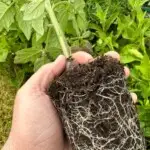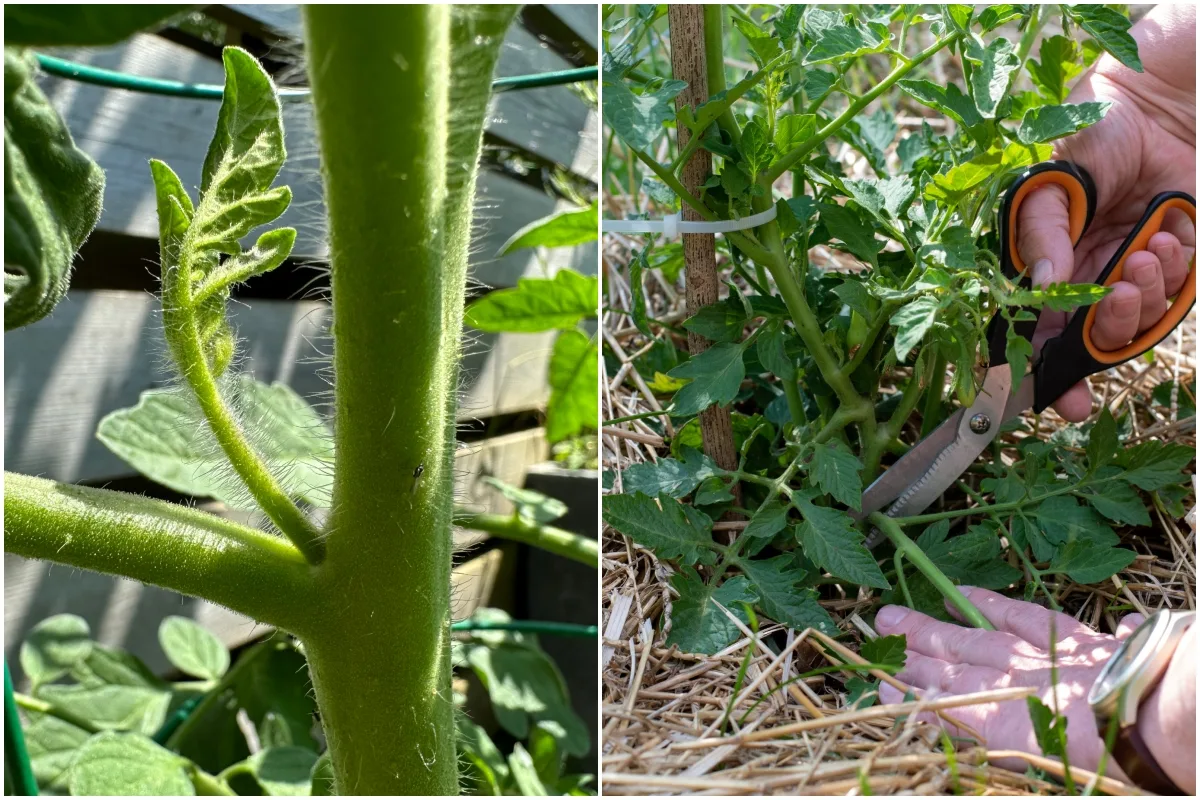
You may not realize it, but every summer, you grow a vegetable that unites all of humankind. Yes, that’s right, tomatoes. We may not agree on much these days, but there’s one thing the world seems to agree on, and that is that tomatoes are a gardening favorite.
I think it’s a testament to our never-give-up attitude. As I’ve said time and again, gardeners are gluttons for punishment. We fight with the weather, pests and plant diseases and come back again next season for another round. And we do it year after year.
Tomatoes, despite being the world’s most popular vegetable to grow, aren’t exactly easy to do so.
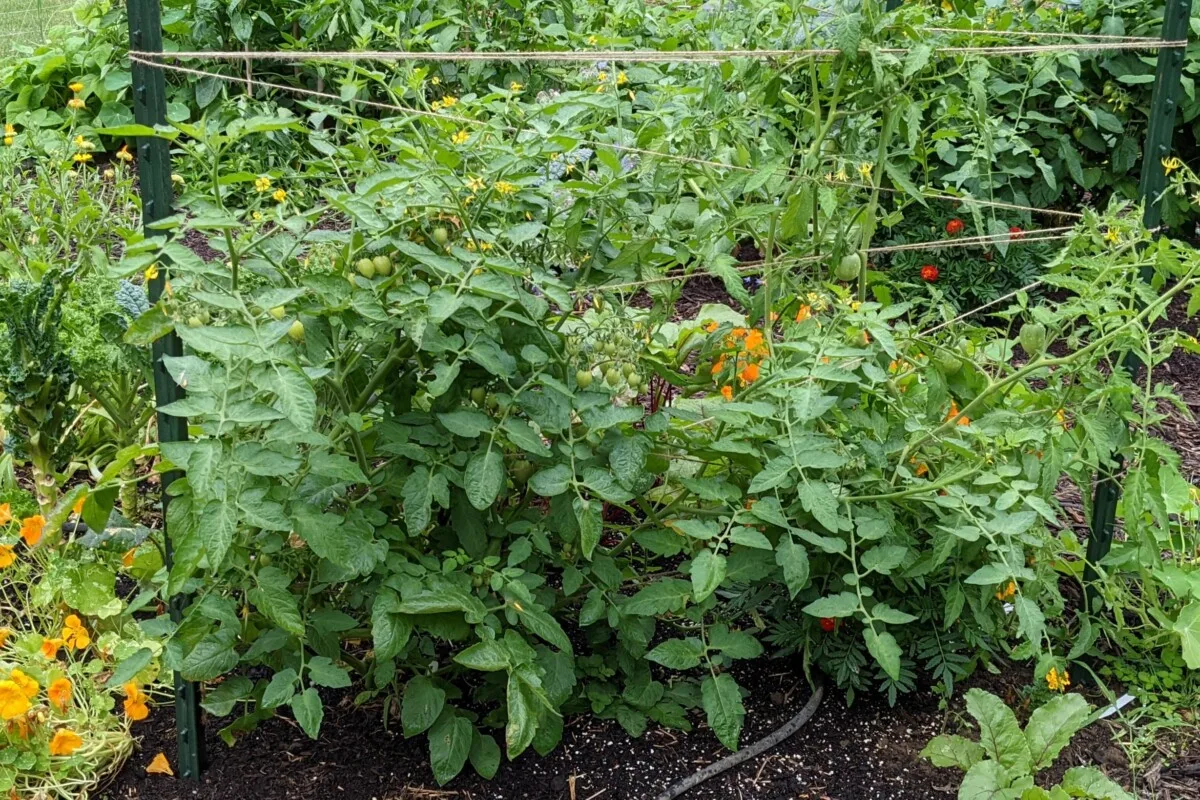
They’re notoriously heavy feeders, they take up quite a bit of room, they’re inherently prone to disease, and it seems that every bug known to man likes to feast on them. As diehard tomato growers, we’re always looking for ways to make tomato growing easier. But what if we were inadvertently making things harder on ourselves?
Let’s start at the beginning. There are some sneaky mistakes gardeners make every spring when planting tomatoes that can plague you all season long. Often, we aren’t even aware we’re making them. But they’re easy to avoid if you know what they are.
1. A Change of Address
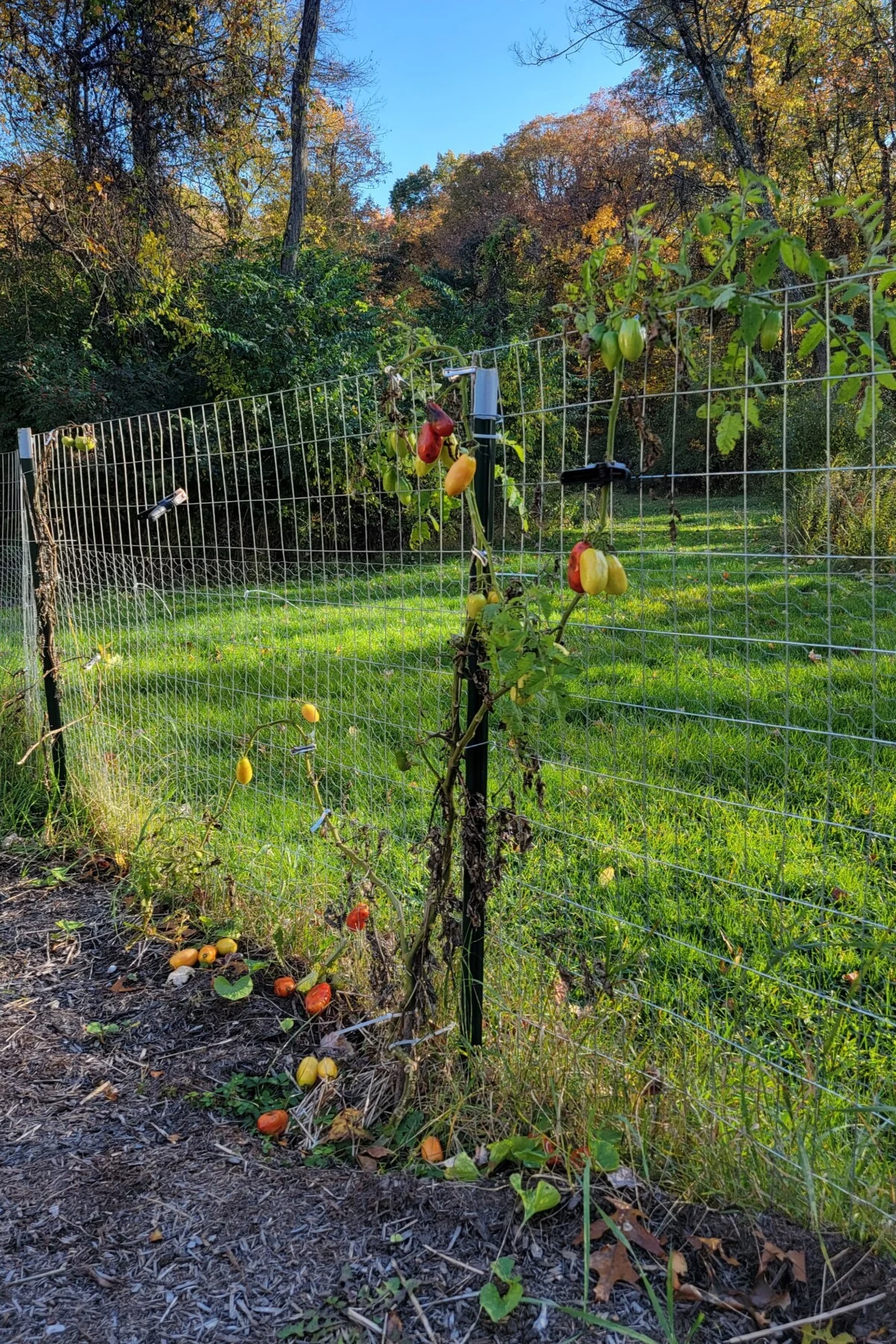
One of the worst things you can do if you grow tomatoes each year is to plant them in the same location.
Tomatoes take a lot out of the soil in a season. To ensure they have access to ample nutrients, it’s a good idea to move your tomato plants every year. If space allows, move your tomatoes to a new spot in the garden each year for three or four years. This will allow the soil a few years to recover in each spot.
Crop rotation can sound confusing at first, but it’s an important part of maintaining your soil health.
After all, healthy soil is the key to large harvests. Cheryl breaks down the basics of crop rotation for you here.
An added benefit of moving your tomatoes every year is it can keep pest numbers down. Quite a few insects winter over in the soil. If they bedded down beneath your tomatoes last fall, they’ll wake up next spring without their favorite food source nearby.
2. Hard, Compacted Soil
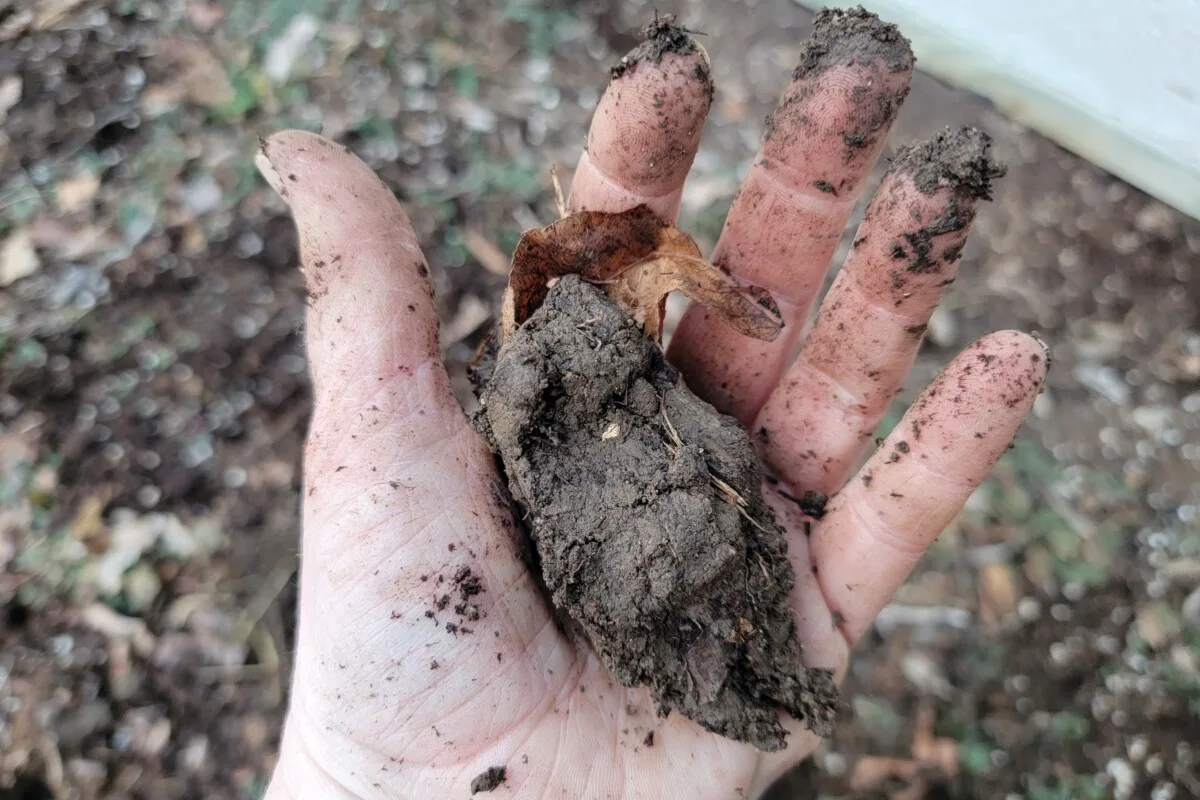
Tomatoes can only thrive if they have a large, healthy root system. If your soil is especially compacted and rocky, it can be harder for tomatoes to send roots deep into the earth. Having deep roots allows them to access water further in the ground, which is a huge benefit during periods of drought.
I always dig down about six inches further than I intend to plant my tomatoes simply to loosen the soil. Adding a scoop of compost and mixing it into that loosened soil is also a good idea. Organic matter improves the soil structure and helps the soil retain moisture better.
3. Only Planting Tomatoes as Deep as Their Current Pot
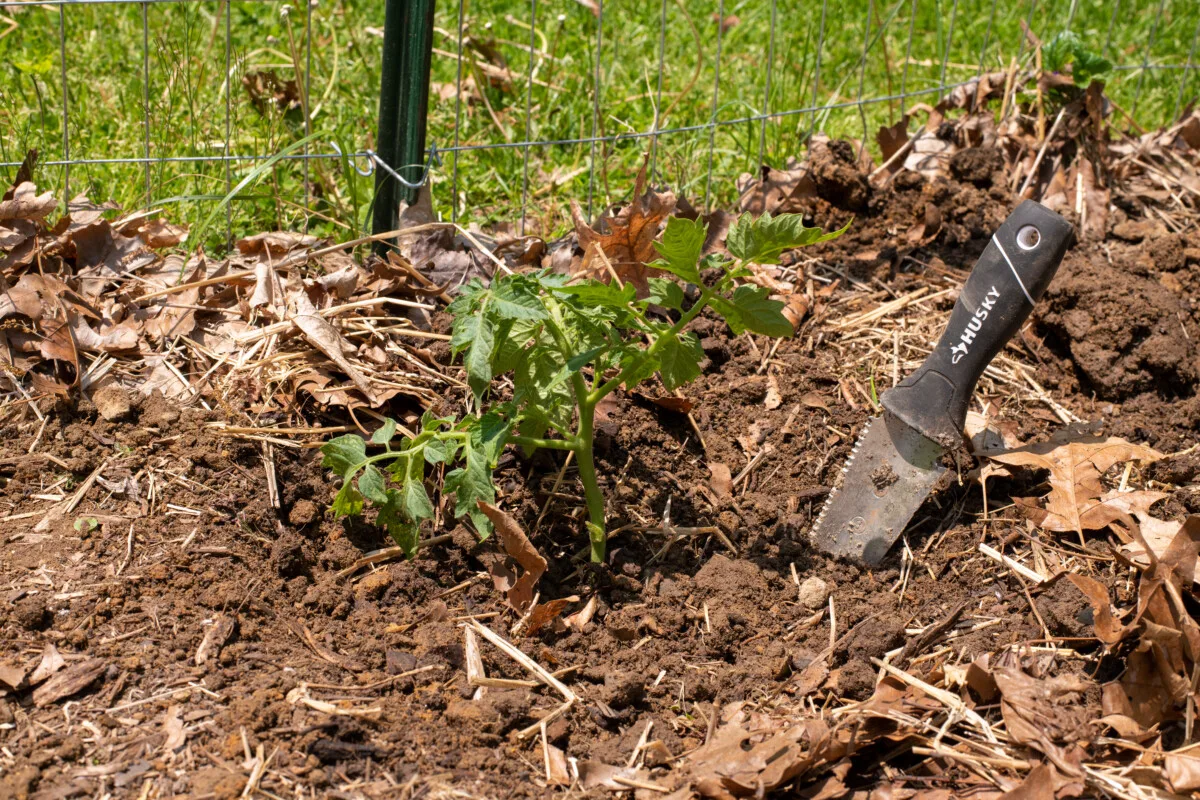
It’s an understandable mistake to make. For the most part, if you plant a seedling much deeper than where the soil is in the pot, the stem will rot below the ground, and the plant will die.
Ah-ha! Not tomatoes.
In fact, it’s preferable to bury part of the tomato stem. Tomatoes will put out adventitious root growth anywhere the stem touches the soil. This allows the plant to take in more water and nutrients.
If you start the season burying up to a third or half of the stem, the portion that’s underground will sprout roots within a matter of days. With this simple step, you can easily double, if not triple, your tomato plant’s root system. Heavy feeder? Bah, we’ve got it covered.
If you plan on growing determinate tomatoes, this is especially important. These types of tomatoes put on all of their fruit at once. Having a sturdy base below the ground can prevent the plant from crumpling under its weight when laden with fruit.
4. Leaving an Empty Hole
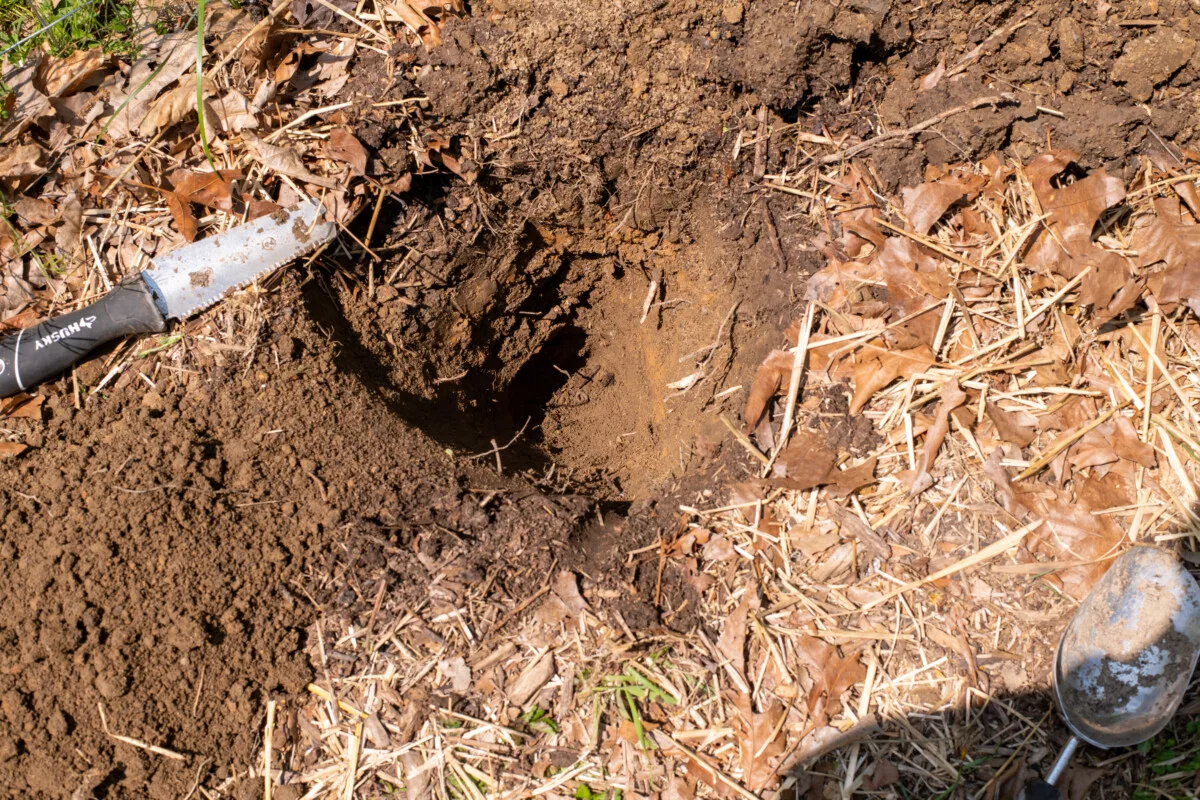
Wait! Before you backfill that hole with soil, toss something else in there, too. You’ve got a once-a-season opportunity to add a soil amendment (or several) or fertilizer right where it’s needed – at the roots. This small act that takes mere moments can have a huge impact on your tomato plant’s health and yield all season long.
This is a great way to give your tomatoes the nitrogen boost they need at the beginning of the season. For a few ideas of tomato-specific boosters that can really have a big impact on your harvest, you should read: 9 Things To Put In Your Tomato Planting Hole For Bigger Harvests
5. Waiting to Install a Means of Support
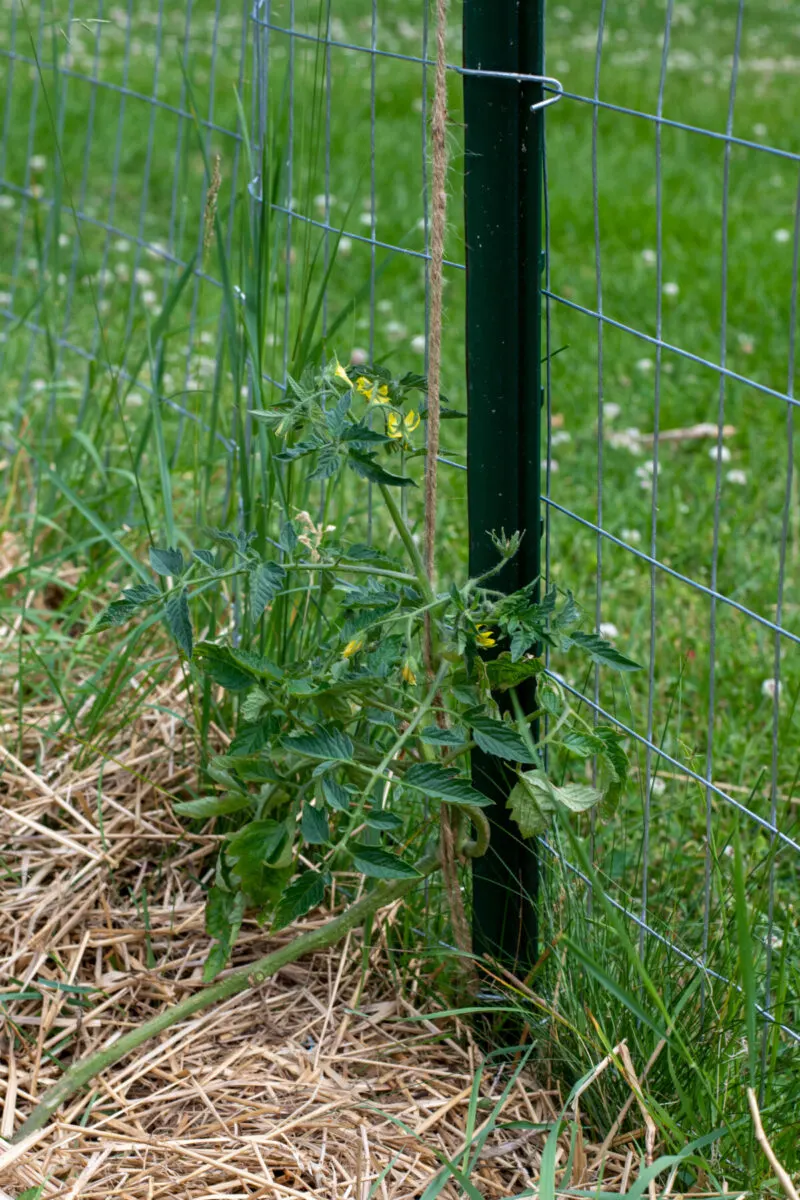
I get it. When you’re planting tomatoes out in your garden, you’re probably planting other things as well. It’s easy to forget that your tomatoes are going to need something to lean on and quicker than you think. By the time you remember, setting up cages or twine or stakes can lead to snapped stems and the use of four-letter words.
Skip this mistake by making sure you have your planned tomato support ready to go right when you plant them.
While there are dozens of ways to support tomatoes as they grow, my favorite method is to string-train them. It’s so much easier to keep them from taking over your garden and gone are the days of lost fruit that you couldn’t find amidst a green jungle.
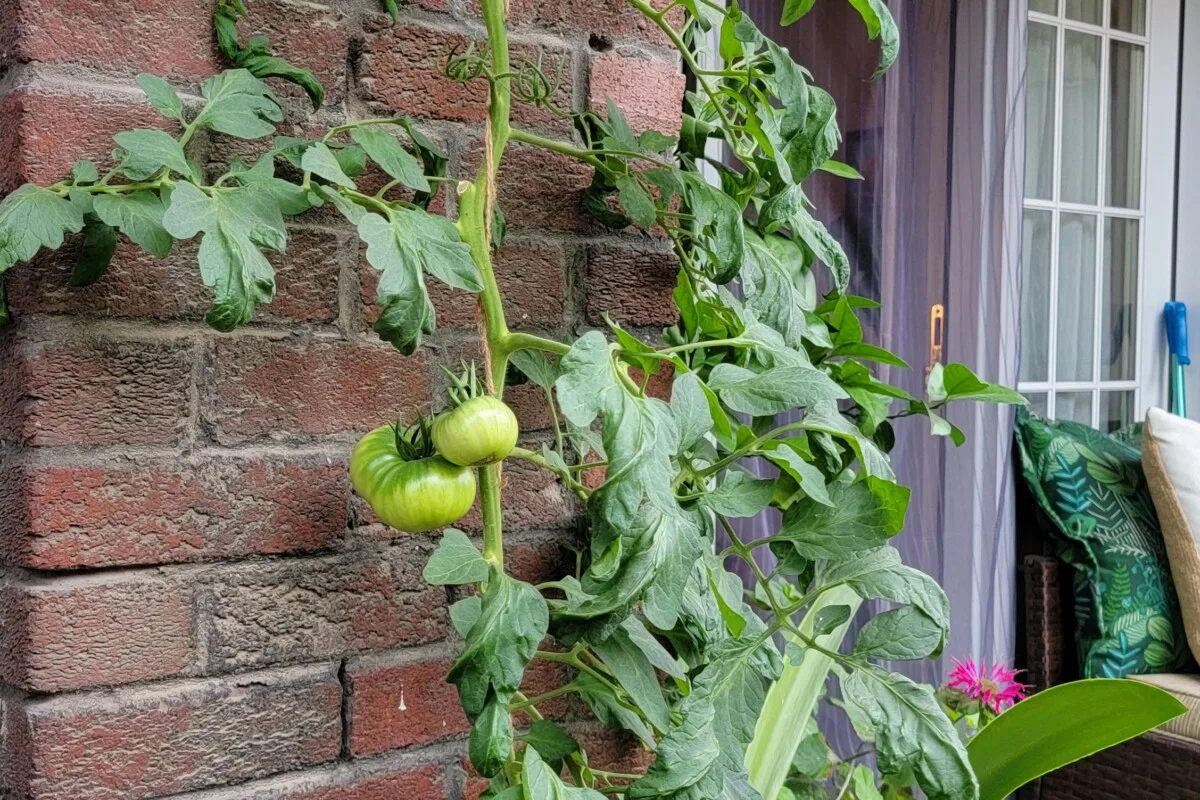
6. Not Watering In Your Tomatoes Immediately
Let me regale you with a blunder I made several years ago. I was busy getting seedlings planted in the garden. Not only my tomatoes but all of my sun-loving seedlings: eggplant, peppers, squash and a few herbs. I would get one seedling all tucked into the sun-warmed soil and move on to the next.
As I kept planting, my watering can remained, forgotten at the end of the row.
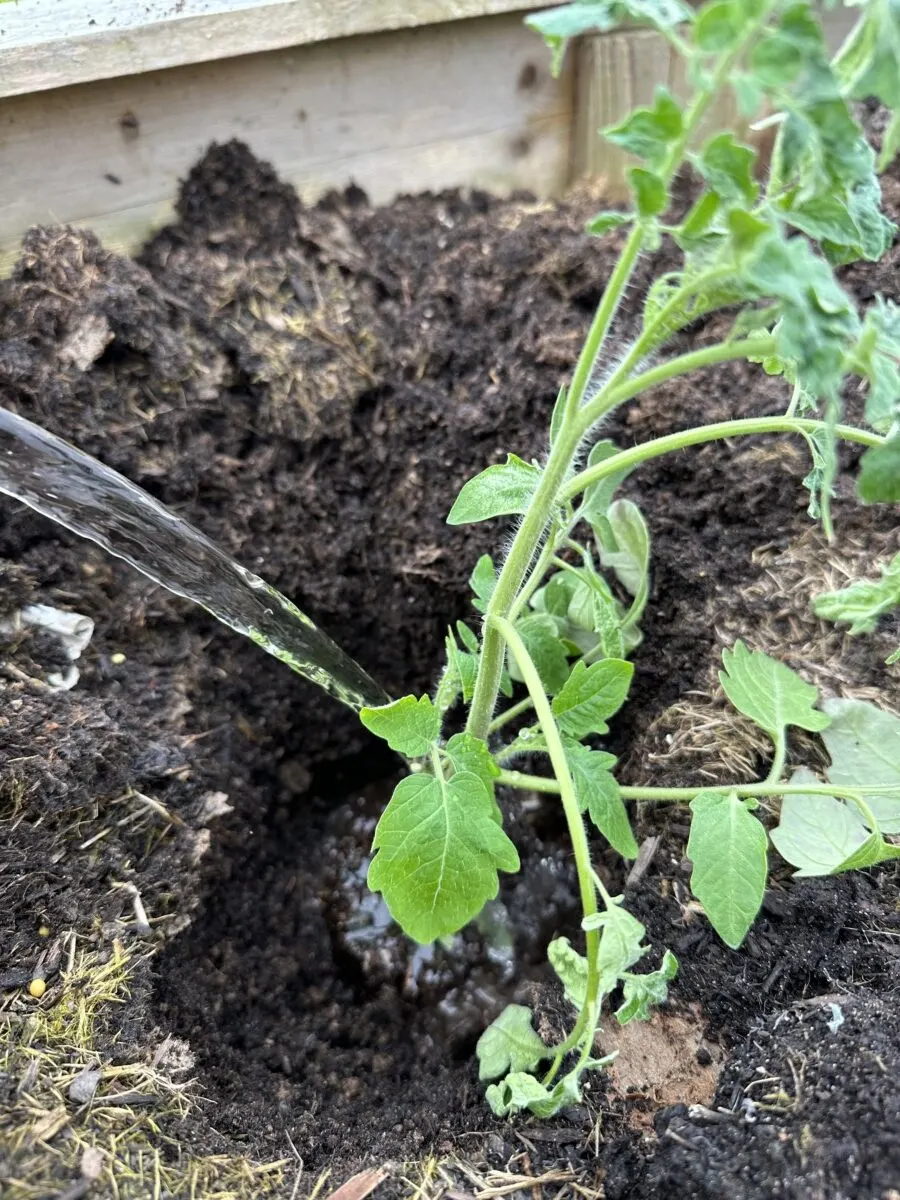
It wasn’t until I had all of my seedlings planted that I remembered they needed to be watered in. When I looked over my garden, the seedlings that had been planted first were dried out and flopped over in the dirt. That nice sun-warmed soil had soaked up what little moisture was in the potting soil around the root ball.
Transplant shock happens quickly and you can lessen its effects by watering your tomatoes in just as soon as you’ve tamped the soil around the base of the stem. Give them a thorough soaking to get them off to a good start.
7. Skipping the Mulch or Mulching Later
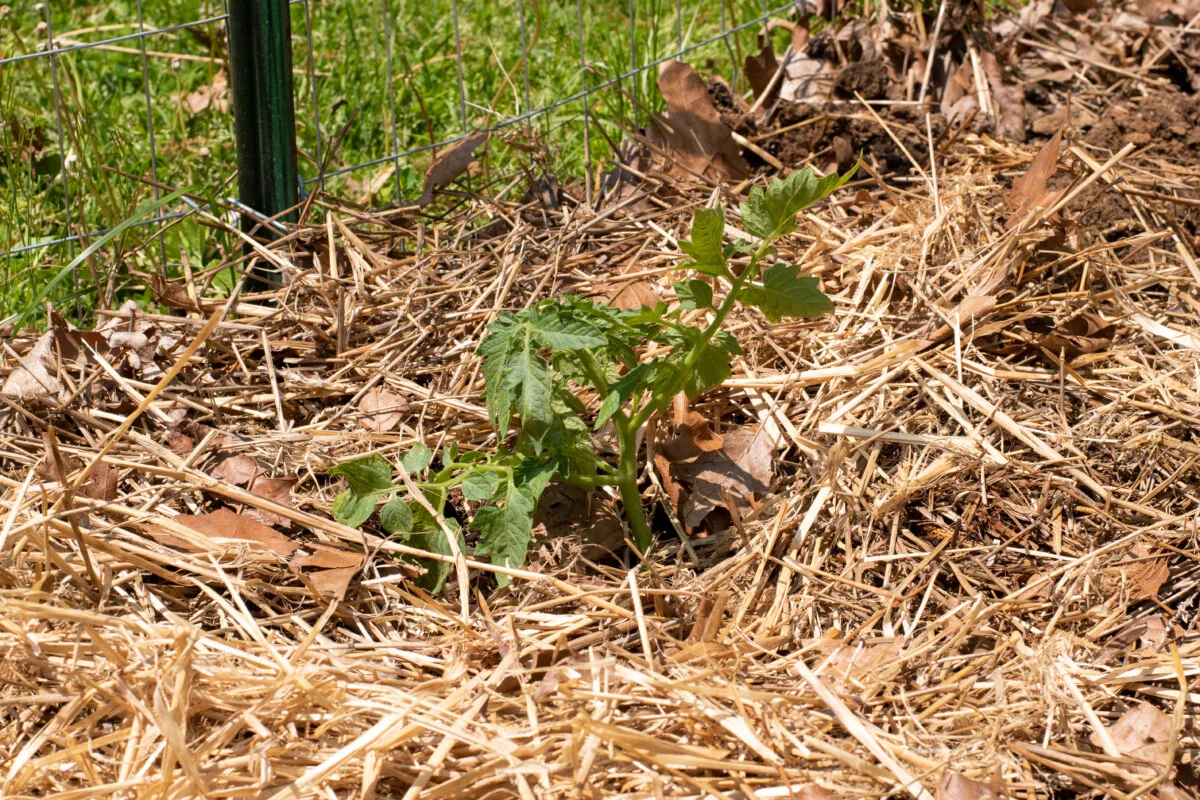
As soon as you’ve watered your plants, go ahead and mulch around the base of the plant. It’s never too soon to mulch. Bare soil only invites trouble.
Mulching your tomatoes will lock in moisture and help to smother weeds. It only takes a few days for weeds to start popping up in the recently disturbed soil around newly transplanted tomatoes. Head that trouble off immediately.
Getting your tomatoes planted shouldn’t cause you more headaches later in the season, and now that you know what to look out for, it won’t.
Read Next:

Get the famous Rural Sprout newsletter delivered to your inbox.
Including Sunday musings from our editor, Tracey, as well as “What’s Up Wednesday” our roundup of what’s in season and new article updates and alerts.


